Okra seems to be one of the foods synonymous with the south — alongside fried chicken, collard greens, and cast-iron cornbread. And indeed, the warm-weather crop does best in places where the temperatures are sizzling!
This delicious, nutritious, and versatile vegetable need not be constrained below the Mason-Dixon Line, however. Growers all over the country can enjoy the beautiful and under-utilized vegetable. All you need is a sunny, warm place and maybe a glass of sweet tea.
Okra Origins
You wouldn’t necessarily know okra’s relatives just by seeing the pods, but take in the sight of the whole, beautiful, blooming okra in its entirety. To the plant familiar, it will probably become clear that okra is in the mallow family, a relative to the similar-looking hibiscus blossom and the swamp-loving rose mallow. Like other mallows, okra has the distinctive mucilaginous qualities that some call “slimy” but soups and gumbos are remiss without.
The origins of Abelmoschus esculentus are somewhat unclear, however. Some sources say that okra was originally native to Ethiopia or West Africa while others claim south Asian origins.
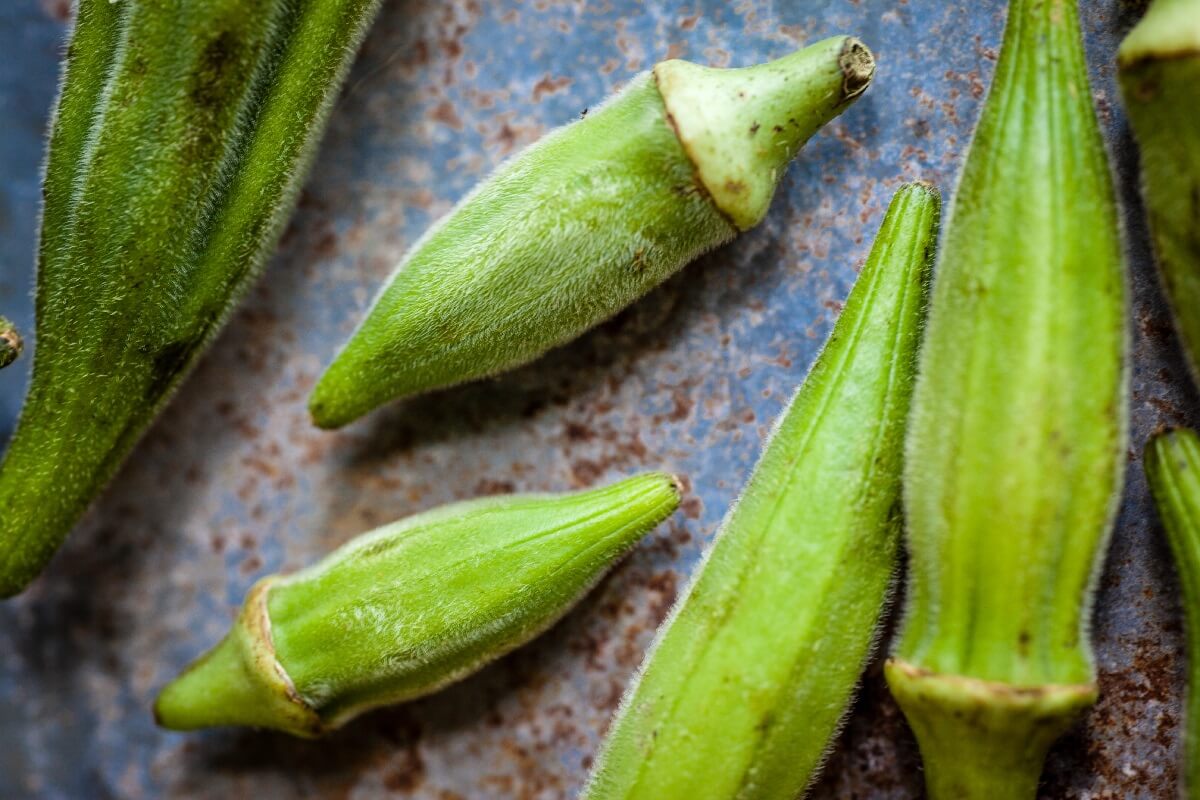
The American word okra and similar Caribbean word okro come from the Igbo language of southeastern Nigeria, and the familiar dish gumbo may have come from “a Portuguese corruption, quingombo, of the word quillobo — the native name for the plant in the Congo and Angola areas of Africa.”
So even if you’re not interested in languages like I am, knowing the wide-traveling origins of the words used to describe this plant gives you a tip-off that it spread through the world on trade routes. It slowly worked its way into the cuisines of India, southern Europe, South America, and the southern United States where it flourished in the hot weather.
Okra Growing Conditions
Okra likes it hot! The seeds usually can’t germinate until nighttime temperatures are in the 60-degrees Fahrenheit range, and daytime temperatures are in the 80s. So though annual okra doesn’t have any assigned USDA zones, you have to make sure to time your planting thoughtfully. A general rule of thumb is that if you can grow corn, you should be able to get an okra harvest in time.
Planting Okra
My first year planting okra, I had a terrible germination rate because I put the seeds in the ground far too early, and they rotted rather than sprouting. Practice patience and don’t make the same mistake I did. Though you can start okra three or four weeks earlier indoors, the sprouts are very delicate and resent being transplanted.
It may just be best to wait until summer is in full swing — and for some northern planters, that may mean waiting all the way until mid-June to get seeds in the ground. Some growers recommend planting okra a few weeks after your tomatoes just to be sure.
Related Post: Companion Planting For Okra
When you do plant, pick your sunniest location. Okra is pretty forgiving when it comes to soil pH and fertility, but you’ll help yourself by preparing the soil with a decent amount of compost. Just be careful with the amount of nitrogen. As with many garden plants dependent on blooms for a yield, too much of that single nutrient will result in lush leaf growth but few flowers. And few flowers mean only a few pods to eat.
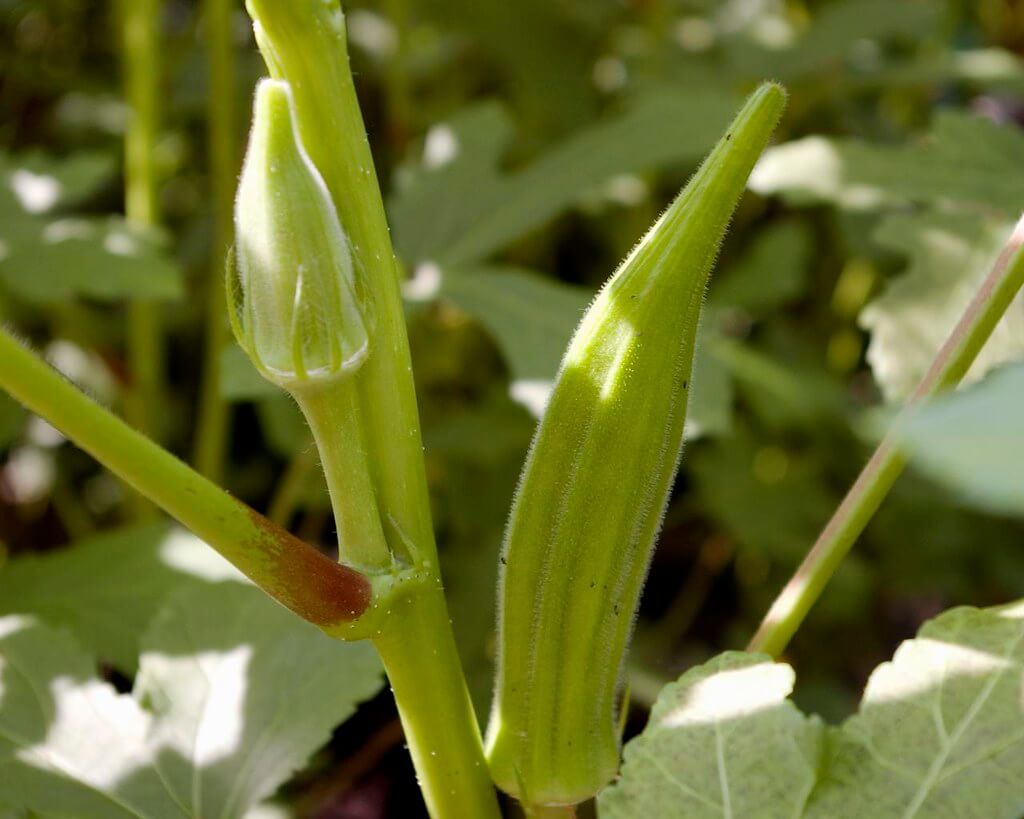
Work the soil very deeply — the taproot may extend up to four feet deep in favorable conditions — and plan to grow each plant with plenty of room to spread. Some varieties top 8 feet tall, and they may spread just as far!
So, unless you’re planting one of the dwarf varieties, place it somewhere in the background of the garden where you can enjoy its showy blooms and not shade any of your other crops.
Thankfully, once established with that taproot, okra will be among the most drought-resistant plants in your garden which will free you to care for the other water-loving plants in dry spells.
How To Harvest Okra
Though it may seem like a while before your okra plants are producing, once they get going, they’re often pod-producing machines. Be sure to harvest the tender pods when they are between 2 and 4 inches long. Any longer, and they’ll be too tough to chew (unless you’re growing cow horn okra).
Keep in mind that some plants produce pods from flowers within two or three days, so once harvest season is underway, plan on visiting your plants every day.
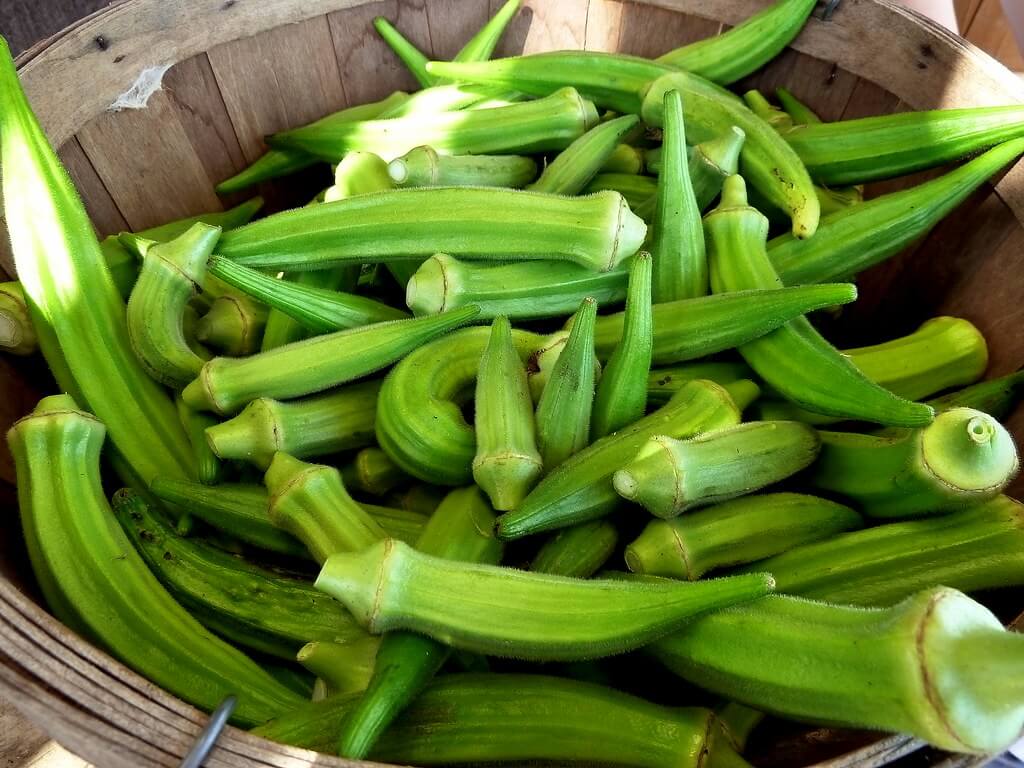
Try not to fret if you miss a pod or two — they may become too woody to cook, but they can be your seed for next year! Since the plant is self-pollinated, you can rest assured that your seeds should be viable. All the same, remove the pods you find as they grow. Consider okra a “cut-and-come-again” sort of plant — keep harvesting, and the harvest will keep coming.
You should consider wearing gloves while handling your okra harvest. The plant is covered with potentially irritating spines or hairs depending on the variety. Even varieties termed “spineless” may still irritate sensitive individuals. Thankfully, these prickly properties disappear as soon as the pods are cooked.
Storing And Preserving Okra
Even when refrigerated, okra keeps less than a week fresh, so have a plan for your harvest before you bring it in to the kitchen. Otherwise, you’ll find a tragic bowl full of fuzzy, moldy pods in short order.
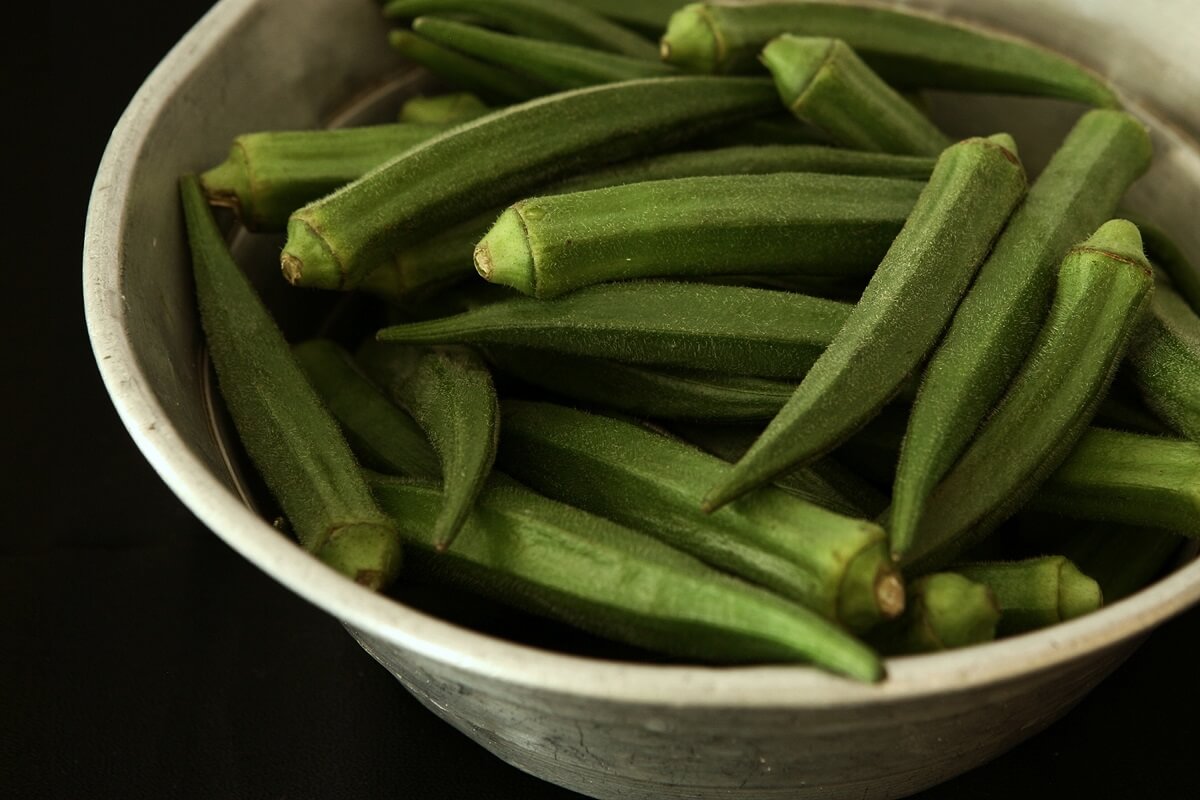
One of my favorite tips from Dave, a local farmer friend, is to keep a bag of seasoned cornmeal in the freezer. As he harvests his okra, he cleans it, slices it, then tosses it in the bag. Once the bag is full, he starts a new one and in no time, he has set aside pre-breaded okra for frying all winter long.
Related Post: Best Deep Fryer
You can also pickle and can okra to preserve it. And slicing and dehydrating may be yet another way to preserve your tasty okra pods. They apparently reconstitute in soups and stews with little ill effect.

For those growing their own okra, it’s important to know that the delicious pods aren’t the only food you can gain from them. Young leaves are totally edible both cooked and raw in salads, and the mature seeds have been roasted and ground as a coffee substitute.
Related Post: Caffeine-Free Coffee Substitutes That You Can Forage In The Backyard
Check out this letter to a newspaper from 1863 where a Georgian cotton farmer enthusiastically relates his experiment to replace coffee with roasted okra seeds …with apparently very satisfying results. Baker Creek even offers an okra variety specifically developed for producing coffee. If you’re trying to break a caffeine addiction, maybe okra is a place to start!
Potential Okra Problems
The biggest issue that may beleaguer your okra-growing success is cold. They just don’t tolerate it. If you live in an area with a short growing season, plan accordingly. Okra needs around 50 warm, sunny days to produce a harvest. If a night looms with the threat of frost, you’ll have to resign yourself to kissing your okra goodbye before you go to bed.
Even if the cold doesn’t wipe out your plants, cool spells can encourage fungus growth. If you notice leaves being affected, wait until a warm, sunny day dries off the leaves, and remove the diseased looking ones.
As far as garden pests go, they seem to focus on the leaves of the plant rather than the fruit itself. The usual suspects include Japanese beetles, aphids, and stink bugs. If you have a small enough plot, hand-maintenance and well-aimed jets of water may be able to keep the bugs at bay.
Okra Varieties To Consider
Clemson Spineless
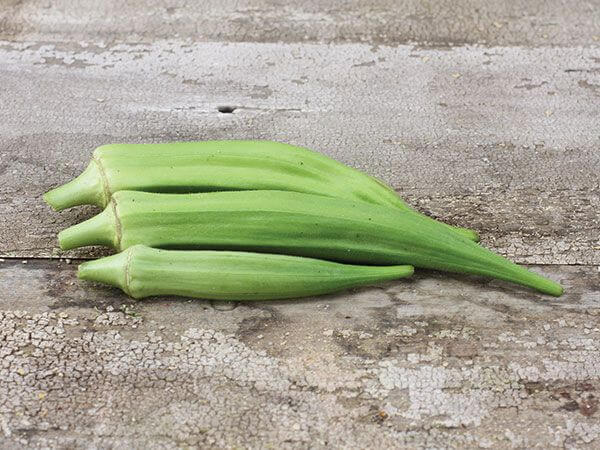
Probably the most popular variety grown in home gardens. It produces the familiar, green pods that you imagine when you think “okra.”
Burgundy
This is the variety I’m growing in my garden this year! What can I say? I’m kind of a sucker for pretty colors, and the bright red pods and stems are a bonus alongside the tender fruit.
Jing Orange Okra
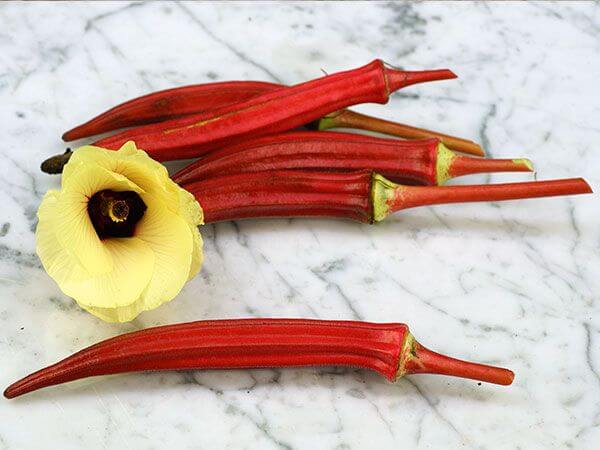
A good variety for dry areas, with stunningly orange-red pods.
Cow Horn
Unlike most okra varieties, cow horn okra can stay tender even when 8 to 10 inches long (hence the name).
Kandahar Okra
I love the opportunity this hardy okra provides. Not a specific cultivar, it will produce pods of many colors and shapes. Selective breeding with this landrace of okra gives you the opportunity to develop your land’s own, specific cultivar!
I think this delightful vegetable suffers from a lack of familiarity in many a kitchen, particularly northern ones like my Ohio birthplace. I really didn’t eat a lot of okra until I moved to the Ozarks … and I’d been missing out!
If you haven’t grown this gorgeous blooming crop before, it’s not too late this season to see if you can get it in the ground. And if you’re an old pro at growing okra, I’d love to hear some of your recipes for using the bounty in the comments below.




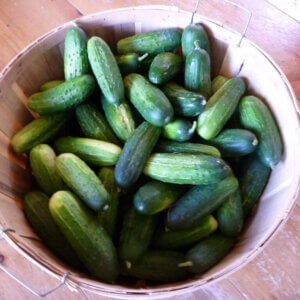
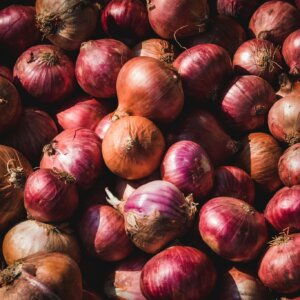



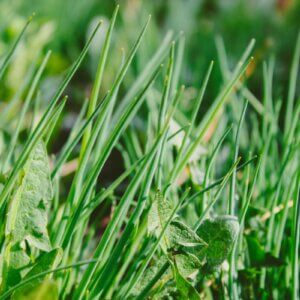

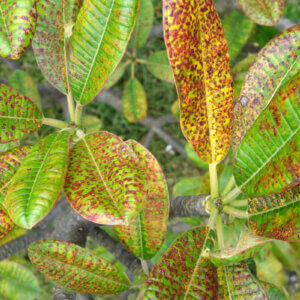







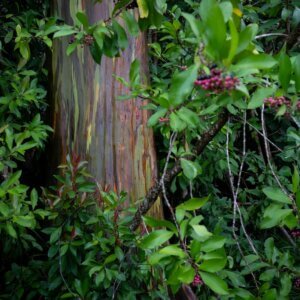
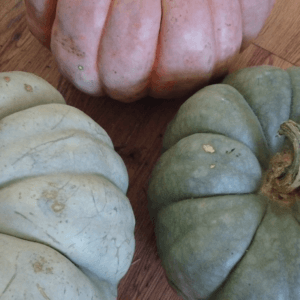

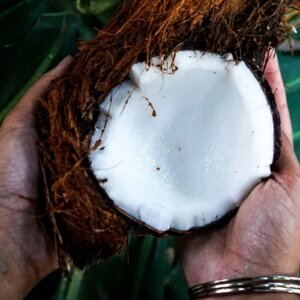


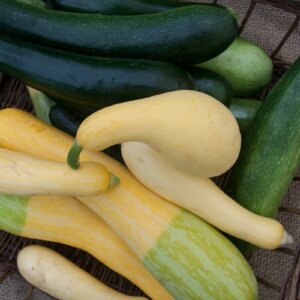



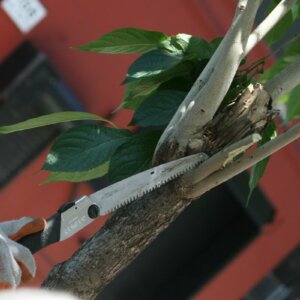

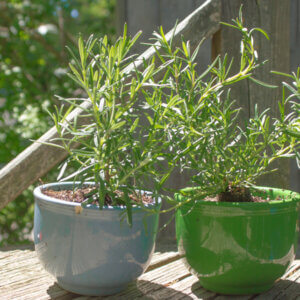
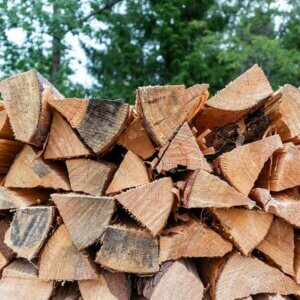


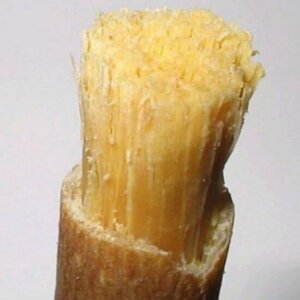



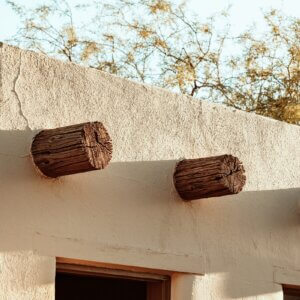

Thanks for your information regarding growing okra. As one of my favourit vegetables I will try and grow some this year. So I hope things work well, and the British weather gives me a chance to a healthy harvest. Kind regard. Trevor McPherson